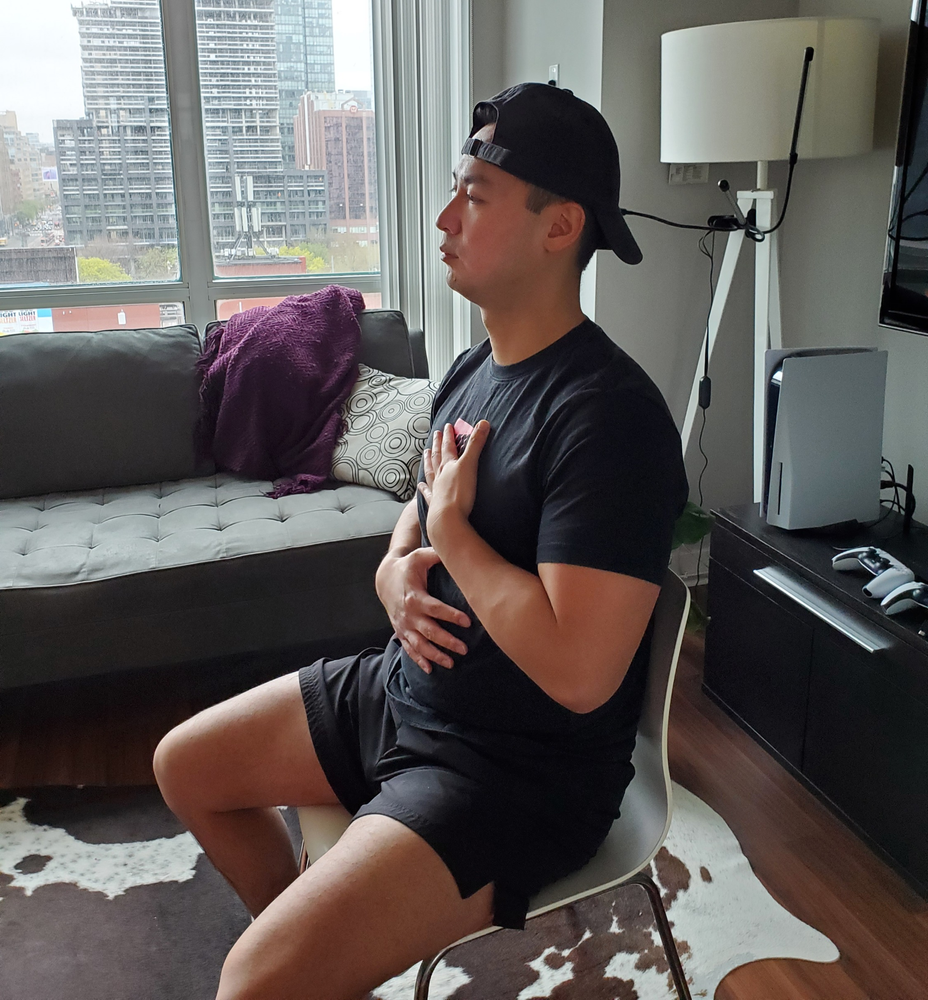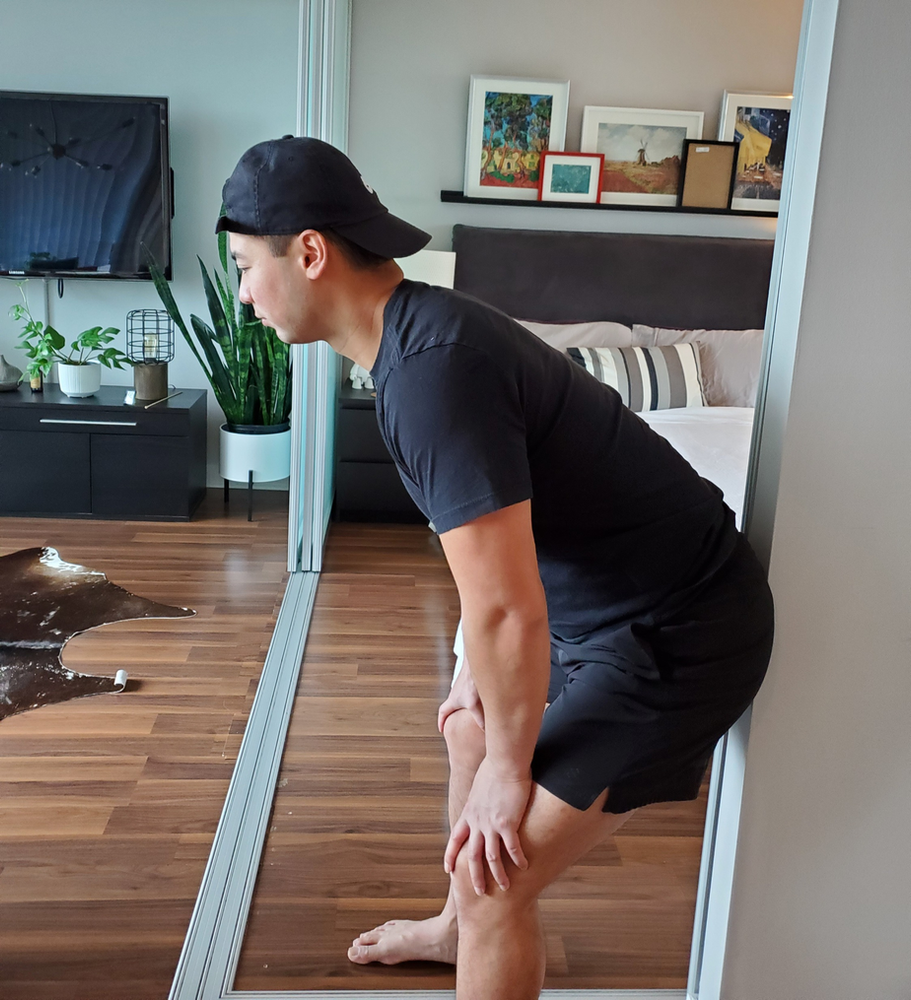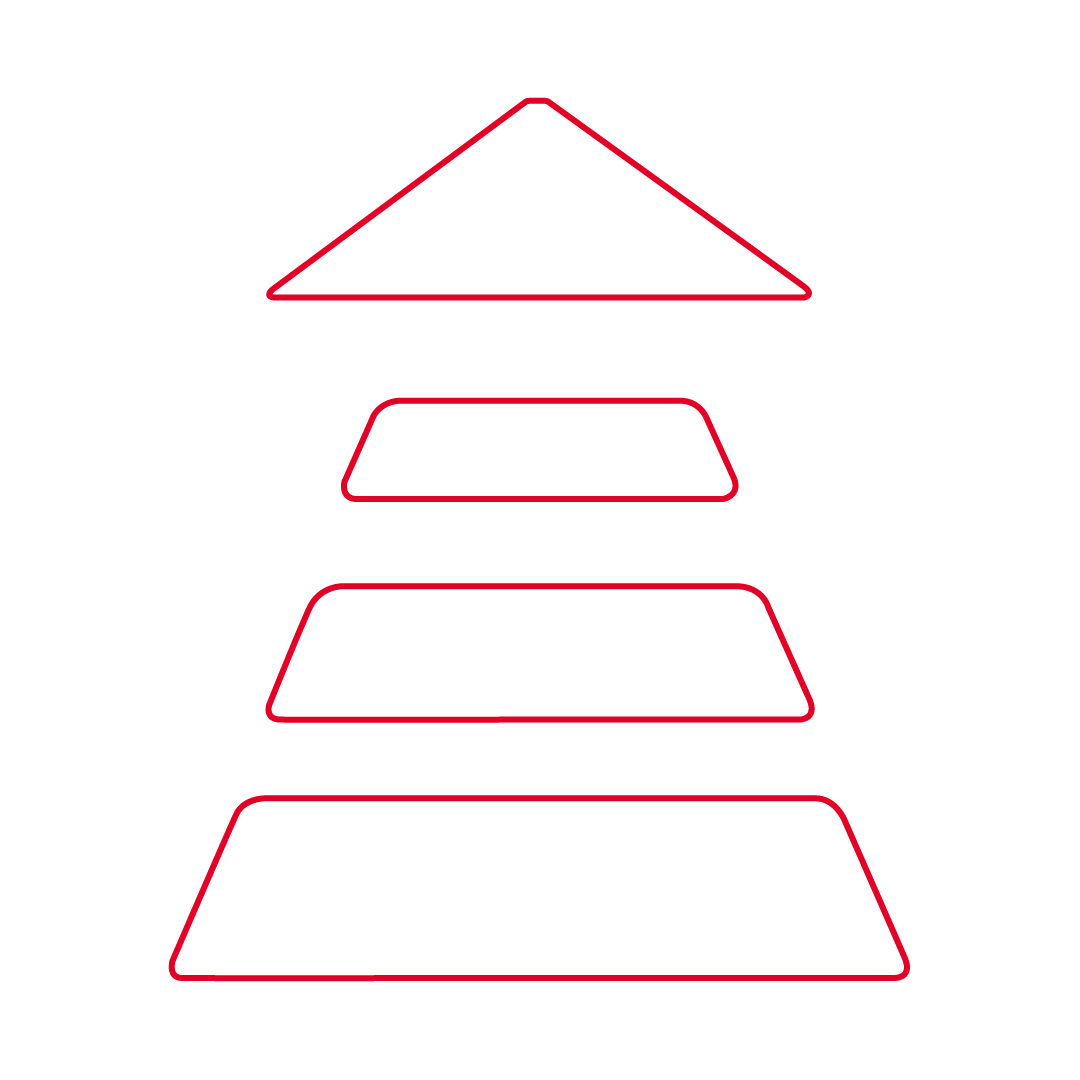MANAGING BREATHLESSNESS
Breathlessness after Covid-19 can be very challenging. The cause of this can be from Covid-19 itself or from your lack of activity while you were sick. Feeling breathless can cause anxiety which can then make the breathlessness worse. Don’t worry as you return back to your daily activities and as you slowly return back to exercise your breathing will improve. Below I will talk about some breathing techniques as well as positions you can rest to help with your breathing.
Breathing techniques
1). Belly Breathing
Besides helping you take deeper breathes this technique also slows down the pace of your breathes and your heart rate. This will help calm your anxiety. Place one hand on your chest and the other on your stomach. Breath in slowly through your nose. Feel the air move through your nostrils and into your abdomen and feel your belly gently push out against your hand. Purse your lips together and blow out.

2). Paced Breathing
Similar to when you exercise, time your breathes will help you do strenuous activities. After Covid-19 simple activities such as stair climbing or lifting heavy objects can be difficult. Let’s use stair climbing as an example. Breath in and place one foot up onto the stair. Exhale as you push your foot down to climb up the stair.
Positions to ease breathlessness
1). Sitting elbows on lap
While sitting lean forward and rest your elbows on your lap. Why does this work? Forward leaning positions fixes your shoulders still allowing the breathing accessory muscles to work to pull on the rib cage which drives more air in. This position may also improve the function of your diaphragm which is an important muscle for breathing.
2). Leaning against a wall in standing
Stand up with your hips resting against a wall. Bend forward and rest your hands on your knees.n

EXERCISING
Exercising will improve your endurance, strength, balance, as well as reduce your breathlessness. Returning back to the right level of exercise at the right time is important. How do you know how hard to exercise? If you can still carry on a conversation during the workout then that is the right level for you. Below are a list of signs that the exercise is too difficult:
-
- nausea/feeling sick
-
- dizziness/light headedness
-
- severe shortness of breath
-
- chest tightness or overall pain
Here is a list of light exercises that may be suitable for you to do early in your recovery:
-
- walking outdoors
-
- tai chi
-
- stretching
-
- chair yoga
-
- body weight exercises (ex. squats, kneeling push up)
Start with 10-15 minutes of light exercise daily. As you get stronger increase the duration of each session until you reach 30-60 minutes. It is important to exercise daily as this will help you regain your mobility, endurance, and strength.
EATING, DRINKING, OR SWALLOWING
If you were admitted into the hospital and was breathing using a mechanical ventilator a breathing tube was inserted into your mouth and throat. This can cause the muscles in your throat to become weak. Here are some tips that can help:
-
- sit upright whenever you eat or drink and remain upright for 30 minutes after your meals.
-
- eat soft, smooth, or moist foods.
-
- take small bites and chew well before swallowing. Take small sips between each mouthful.
-
- concentrate and eat slowly.
You may have noticed you had lost weight since you were sick with Covid-19. Eating healthy and nutritionally dense foods is very important. Focus on meals with protein, vegetables, wholegrain breads, pasta, and rice. If you notice a decrease in your appetite consider using nutritional shakes such as Ensure or Boost. Making a milkshake with greek yogurt is also a great option.n
MANAGING PROBLEMS WITH ATTENTION, MEMORY, AND THINKING CLEARLY
It is common for those that had been severely sick in the hospital to have trouble with attention, memory, and thinking clearly. This can take a few weeks to a few months to recover from. If you are having these cognitive issues it is important for you to recognize this and have discussions with your friends and family. These problems can effect your relationships but your social circle can also be a great source of support. Additionally, reach out to your employer or school as they can help you manage your workload during your recovery.
Here are some strategies that can help:
-
- Exercise: Follow the exercise guide listed above. Physical exercise can actually help you brain recovery. Start at your own pace and build up overtime
-
- Brain exercises: Activities such as reading, brain puzzles, word and number games, and memory exercises may help. Start with an activity that is challenging but achievable since this will help you stay motivated.
-
- Prompt yourself: Use lists, reminders, and alerts on your phone that can remind you of things you need to do.
-
- Break down activities: break down and activity into steps so they are easier to follow and keeps you from being overwhelmed
MANAGING DAILY ACTIVITIES
Getting back into your daily activities can be challenging after Covid-19. Getting back to regular life can be even harder If you are still feeling weak, breathless, having issues thinking clearly. The following strategies can be helpful.
Adjust your expectation
You are still recovering from Covid-19 and you will get better. For now you still need to rest so avoid putting too much on your plate. Listen to how your body feels and set realistic goals. When you are feeling unwell simple activities such as cooking a meal and getting dressed is an achievement. n
Planning and Pacing
Setting a schedule will really help you get things done while feeling good. Schedule a “to do” list, rest activities, meals, and exercise. Between each of your chores set aside time to do a recovery activity such as watching tv, listing to a podcast, or taking a nap. Talk to work and school about making accommodations for you while you are still recovering. It’s important that you still feel connected with work and school but you won’t be able to carry the workload you had before.
Let others help you
Let your friends, family, and colleagues help you. They can help you with chores such as washing, cleaning, cooking, shopping, and childcare. Don’t be afraid to ask for help. Services such as grocery delivery or ordering take out would be really helpful also.
References:
Support for Rehabilitation Self Management after COVID-19-Related Illness. World Health Organization, 2020.
file:///Users/Rebuild/Downloads/support-for-rehabilitation-self-management-after-covid-19-related-illness-eng.pdf
What Can I Eat at Home After Being in the Intensive Care Unit with Covid-19? Canadian Malnutrition Task force, 2020.
https://nutritioncareincanada.ca/sites/default/uploads/files/COVID-19/Food_is_Medicine_Two-page_infographic_Final_English.pdf

